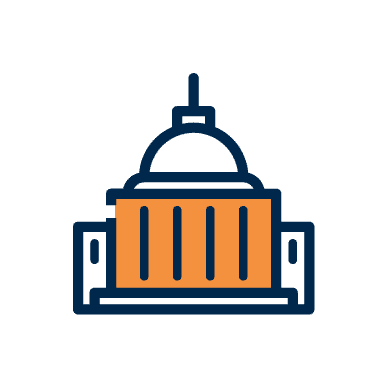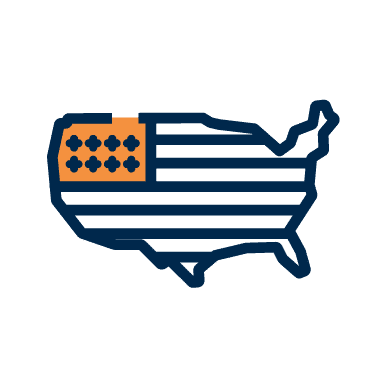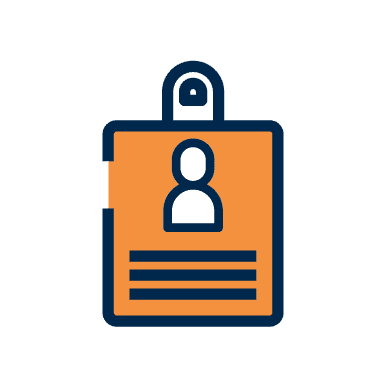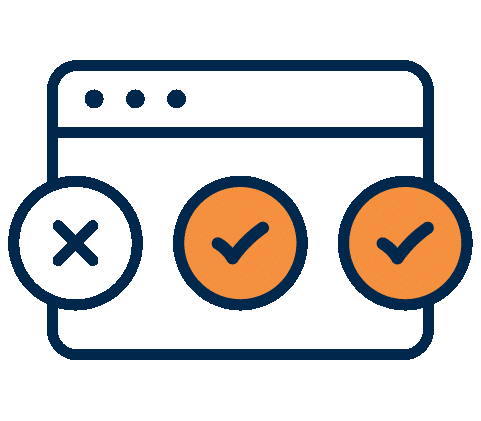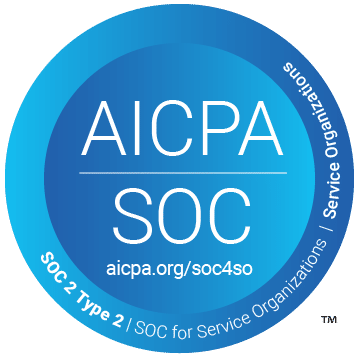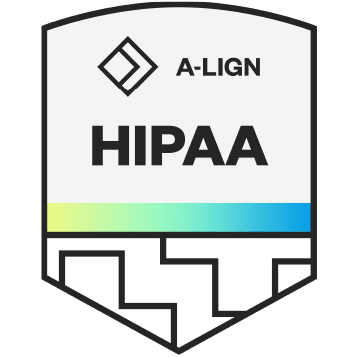Recently on April 18, 2016, the Inspector General of the famed OIG issued a review and updates on their exclusion policies and how they go about permissive exclusions.
The OIG was established back in 1976 in order to prevent future healthcare fraud in the country. Every part of the government is here to ensure that there is a checks and balances system in place and all have appropriate accountability. No one is above the law.
We wanted to go over the recent update from the Inspector General and the impact it can have in the near future in the healthcare compliance space and how future exclusions will be dealt with by the OIG. The OIG will have the ability to either (1) issue an exclusion (2) heighten scrutiny of an individual or entity (3) take no further action (4) or when there is good faith such as self-disclosure, release exclusion with no integrity obligations.
The OIG has the discretion whether to impose exclusions and to what extent under section 1128(b)(7) regarding False Claims Act matters. Until recently, it’s been presumed that exclusion be imposed against all those who have defrauded Medicare or any other federal healthcare program. Yet, with this update it will be clarified that this is not as plain and simple as it sounds. The OIG will not simply impose exclusions to anyone involved in such fraud activity.
So how does the OIG determine when and how to impose exclusions and how to monitor and evaluate individuals and entities as to what approach to take?
As with many other parts of government and our judicial system there are certain common ways that one can go about enforcing policy and compliance. There are typical ways to view individual and corporation behaviors and trends when laying down the law. Exclusions aren’t meant to simply be purely punitive. They are meant to provide a remedy to those who have started out on this path of fraud and other abuse, and prevent future occurrences from happening.
As with other areas of lack of compliance there is a spectrum. At one end is the extreme case of very high risk and it’s there that more penalties will be exacted by the OIG. At the other end are the grayer areas where this is less risk for future fraud. Being that we’ve established that the OIG isn’t simply punitive but rather here to ensure future compliance and cooperation in cases in which it determines there hold less risk, it has the discretion to hold back on exclusions and such.
Credits: http://oig.hhs.gov/exclusions/files/1128b7exclusion-criteria.pdf
In calculating whether to enforce and pursue actual exclusion the OIG will review the factors relevant to where an individual or entity stand on the spectrum. With these factors does this person pose a future risk for future fraud and the like? With the factors combined the OIG will lay out their decision.
- If the person or entity in questioned harmed or had a negative impact whether physically, mentally, or financially can indicate a higher risk.
- Just because one hasn’t actually harmed anyone doesn’t necessarily lower the risk.
- The higher the harm the higher the risk.
- If there appears to be a pattern of harm done causes the risk to get higher.
- If the inappropriate conduct in question has a history and/or has been going on for a while that also indicates a higher risk.
- Just because one hasn’t been caught or indicted doesn’t lower any risk.
- If the conduct is still ongoing that also poses a higher risk.
- Is the committer of these acts a follower or a leader. Is he/she in a managerial or employee role. How much knowledge did they have about what they were doing until now?
- Have they self-disclosed yet?
- Are they in the process of try to correct the situation?
- Are the cooperative to correct everything for the future?
- If those in question are trying or have tried to hide their activities that definitely is cause for elevated risk.
- Just because someone doesn’t have the same ability to perform fraud due to technicalities doesn’t lower the risk. It just means that their means to commit fraud have been lowered not that there is any actual reform here on part of the individual or entity.
- The inability to pay fines and the like will raise the risk.
- If the one in question has a wrap sheet of previous judgements, convictions, and the like in prior federal or state criminal, civil, or administrative enforcement actions will result in higher risk.
- If there are previous settlement agreements such as Corporate Integrity Agreements (CIA) meaning there is history here and the OIG is scrutinizing their behavior then the risk is of a higher level.
- If the original entity is sold to a third party that is historically compliant then this will be considered a lower risk.
- In similar light if the individual or entity in questions took steps to ensure future compliance such as training, retaining a proctor or mentor and the like that will go into consideration as lower risk as well.
- For more specific information and for accuracy please refer here.
This affects current and future OIG exclusion policy and provider cooperation. Individuals and entities have an out so to speak in that they can reduce the severity of their status for both the immediate and future situations. There’s now a very good reason to self-disclose.
http://oig.hhs.gov/exclusions/files/1128b7exclusion-criteria.pdf
http://oig.hhs.gov/about-oig/about-us/
https://www.congress.gov/bill/114th-congress/house-bill/5267/text
For more check out our OIG Exclusion List page



